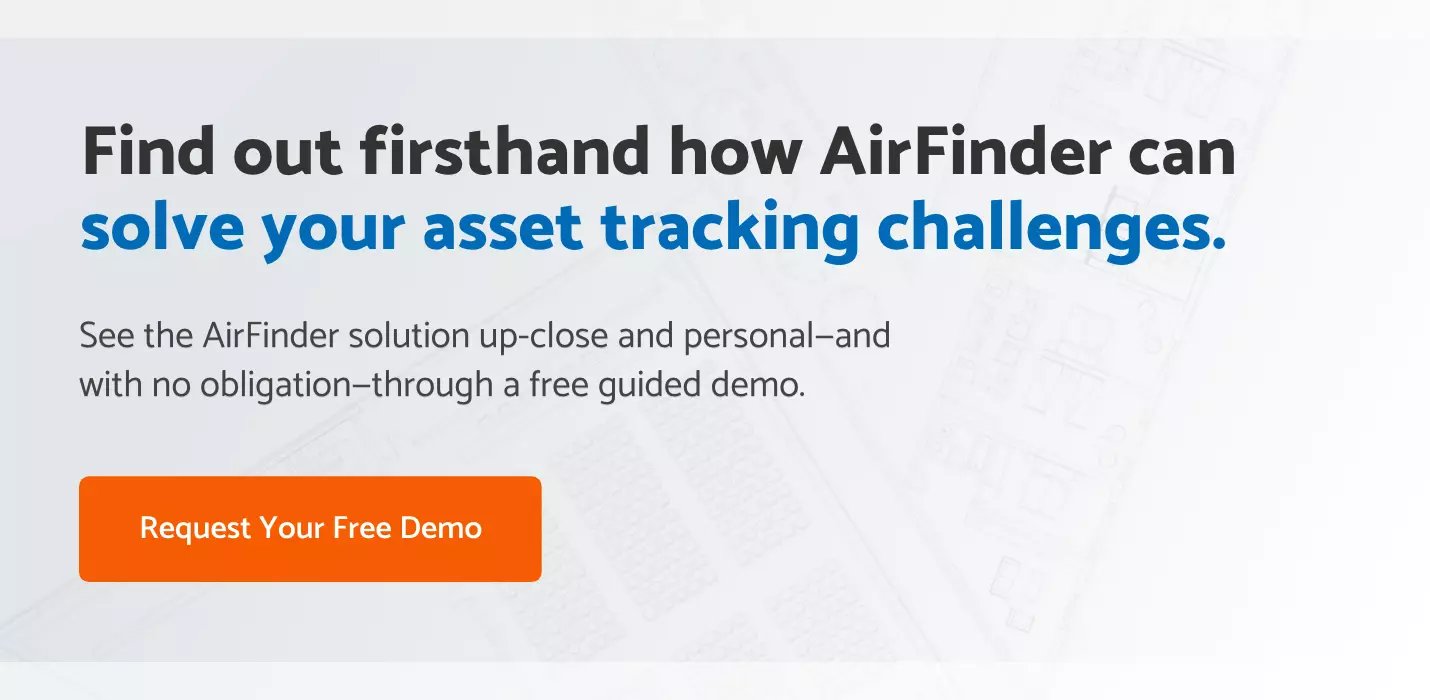Pretty much everything about the IoT is still evolving, including our understanding of how, and to what extent, the IoT delivers value in a business setting. Many early adopters of IoT solutions were simply experimenting with the technology; now that it is becoming less experimental and more expected, many organizations are rightly starting to apply familiar business principles to proposed IoT projects. Now, conversations about the IoT are evolving to ensure that solutions will not only solve problems but also deliver specific outcomes that create real value.
Developing an IoT business case that outlines the costs and savings of a particular project should be an important part of adopting an IoT solution. But since many companies haven’t necessarily been down this road before, it’s a challenge to create one that’s entirely accurate. In our experience, here are the expenses that are often unaccounted for.
The “Soft Costs” Your IoT Business Case Is Missing
Most enterprise IOT solutions are about saving money, not making money (though that’s not true in all cases). So you have to create a business model showing how much you’ll spend implementing the solution, and how much you’ll save as a result of using it.
Most projects don’t become home runs until you’re saving five times more than you’re spending. If you’re merely breaking even, it’s not worth the effort and expense.
Here’s a classic asset tracking scenario an IoT business case might be built around: Imagine you’re an OEM that makes airplanes. You have various suppliers that send you different components of the planes, including the seats. Most, if not all, of your seat suppliers ship seats in reusable containers specially designed for this particular cargo, with cutouts and form-fitted dunning. Those containers are put on trucks and transported to your manufacturing plant in a continuous flow. Once you’ve received the shipments, the empty containers are then returned to the vendors for reuse. If seat-makers don’t receive their containers back in time to ship the next batch of seats, they send them in cardboard boxes instead—and charge $100 per box. You plan on implementing asset tracking to help manage container returns for multiple seat suppliers, which you believe will save you money.
Determining savings in this scenario is a fairly straightforward calculation, especially if you have historical data to show exactly how much you’ve paid out to suppliers over a period of time. You can assume, once your IoT solution is up and running, you’ll save some high percentage of that amount because you’ll have a new system in place to keep every supplier stocked with the reusables.
On the spend side, clearly you need to consider the cost of the solution: the infrastructure it requires, the cost to install it, the cost of the tags, and any recurring fees for the associated software.
AirFinder’s minimal infrastructure requirements make it the lowest-cost asset-tracking solution on the market. Request a demo to see how it works.
But it’s not just about the cost of the solution.
Your IoT business case must also take into consideration the “soft costs” involved with your chosen IoT system:
- Training—How much will it cost to train your employees to use the system?
- System management—How much will it cost to manage and administer the system once it goes live? What about maintenance costs?
- Processes—Will it require implementing additional processes to your operations in order to ensure it is used effectively?
- Personnel—How many team meetings will be required to prepare for implementation? How many employees will be involved in the system’s operation, and will it require additional help?
- Change management—Will you need to produce any type of public relations/communications materials to inform staff about the changes? Is your solution significant enough that you’ll require the help of a consultant to make the change smoothly?
- Provisioning—How much time/personnel will be required to configure the tags?
- Software integrations—How much will it cost to integrate the solution’s software with your existing systems?
All these “soft” costs can dwarf the cost of the hardware. We’ve seen a lot of projects fail because companies overestimate the savings and underestimate the costs, showing an extraordinary IoT return on investment (ROI). At the end of the day, they turned out to be a lot more complicated, expensive, and time-consuming than was previously thought.
Learning about the costs and savings of your IoT implementation is just as important as learning about the technology. Like any financial modeling exercise, an accurate IoT ROI estimate is a useful tool to help you understand how well your project will deliver on its expected benefits.
Keep in mind that the financials of your IoT business case should be updated continuously. It’s good practice to make changes as needed and discuss roadblocks internally. And even if your numbers aren’t 100 percent accurate (it depends on how good of an analyst you are and the correctness of your assumptions), missing the mark isn’t always considered a fail. We’ve seen plenty of projects get stalled in the pilot phase due to costliness, but often that’s because people are learning, and small-scale deployments sometimes up the overall price tag. When you roll the solution out across the organization, you may have to cut some expenditures, but it should be less costly comparatively. (And you’ve learned some valuable lessons in the process.)
Questions about the costs—and potential savings—associated with the AirFinder asset tracking system? Get in touch—we’d be happy to talk.





